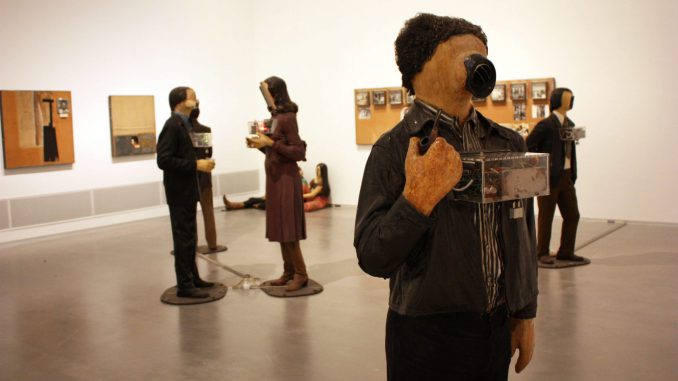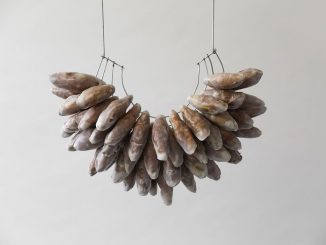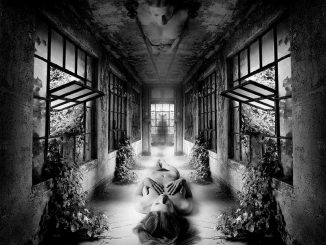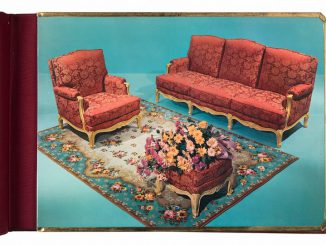
The gore “pop art” of Nancy and Edward Kienholz
Alone at first, then with his wife Nancy Reddin (1943-2019) Edward Kienholz (1927-1994) from the 1970s onwards, created assemblages and installations to give a ruthless vision of everyday life and sexual and religious stereotypes.
Faced with the outcry of their work in their country, the couple left Los Angeles for Berlin in 1973 where they continued to chronicle poor suburbs and small towns – something Americans didn’t want to see.
For the exhibition at Templon – the first in Paris since 1977 – about twenty remarkable works are presented. Often of large dimensions, these “monuments” are populated by mannequins on a human scale. They become the actors or victims in allegorical scenes as horrible as they are overwhelming.
For example, two young people – with their faces hidden behind white field hockey masks extended by antlers – play pool and the hole where they must drive the ball in is the gaping sex of a decapitated woman. A naked young woman meditates or cries about her future, a pig’s head and a revolver placed in front of her on her family book.
There are also smaller but equally satirical reliquaries: handmade crucifixes with cheap piety images and mechanical debris, snow shovel with American flag sticker, etc…
The macabre, the obscene, the grotesque are the breeding ground of the work. They combine to denounce the culture of rape, racism and homophobia. Such an exhibition cannot leave indifferent as its radicalism is so strong.




Be the first to comment